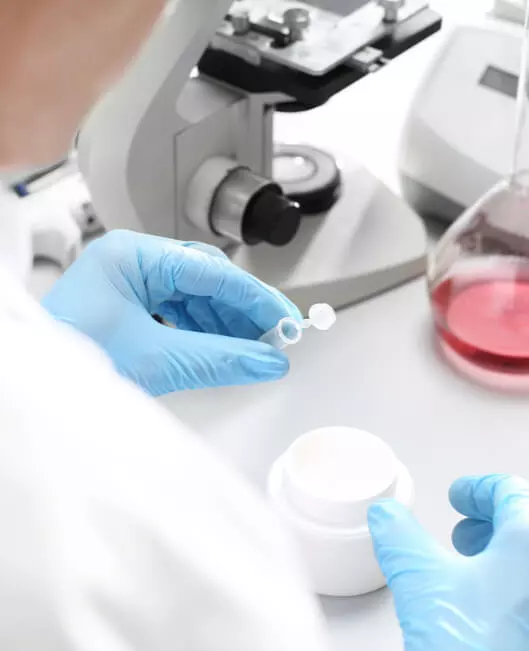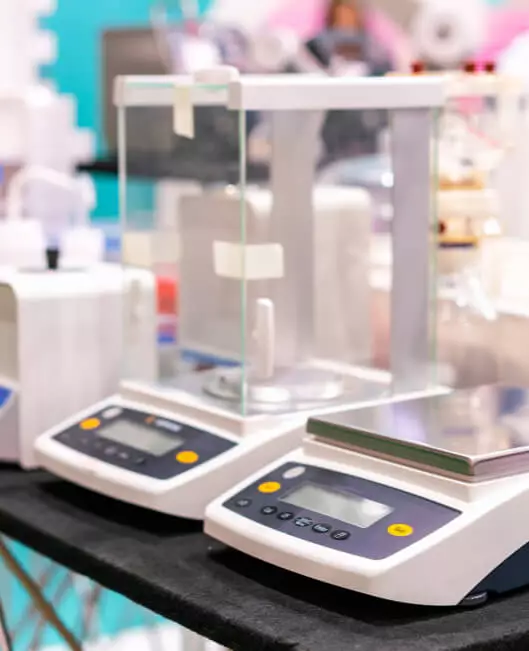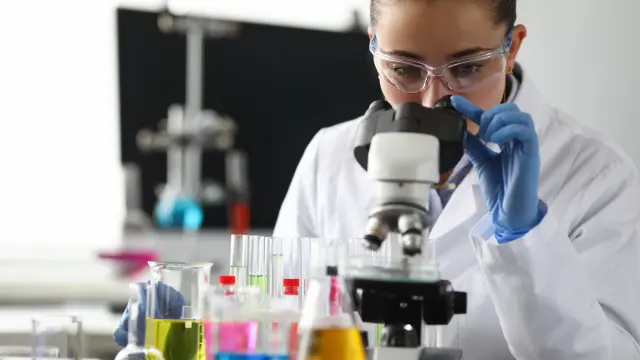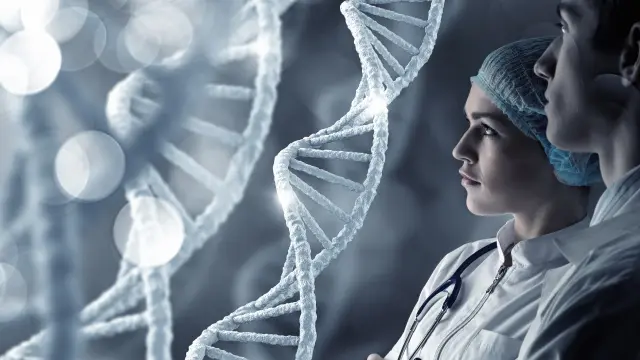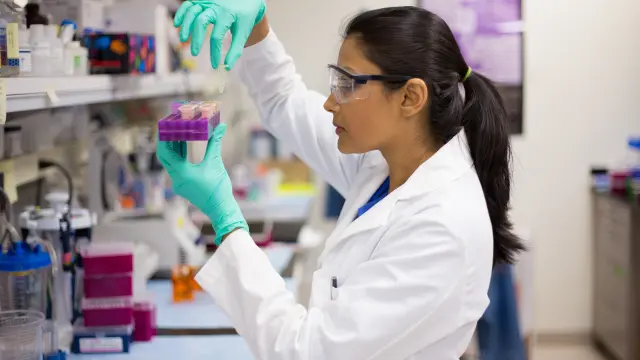Why choose us for the Calibrating your Analytical Assay Sensitivity?
Exceed the Specificity, Selectivity, Sensitivity, and Calibration needs of your Analytical Assay
NorthEast BioLab’s primary focus is the success of your drug development program. Over the past few years, we have expanded our services to include all aspects of integrated bioanalytical research and testing. Our clients lean on us to provide them with quality testing, operational integrity, and expertise with each project that we accept. Thus, quantitation methods developed at our facility are thoroughly tested to meet the specificity, selectivity, sensitivity, and calibration requirements of our clients and various regulatory agencies.
Another reason why our clients choose us over the competition is the knowledge we have acquired about the industry and the regulatory environment in general. We leverage this scientific expertise to meet the needs of our clients and exceed their expectations.
You can rely on the 100% process transparency offered to all our clients and trust our team to reflect the same level of passion, integrity, and teamwork that you expect within your own company. Our client-centric approach to completing projects, conducting tests, and advancing drug development is what sets us apart. It is also the reason why our clients do not hesitate to call us whenever they need further assistance.



